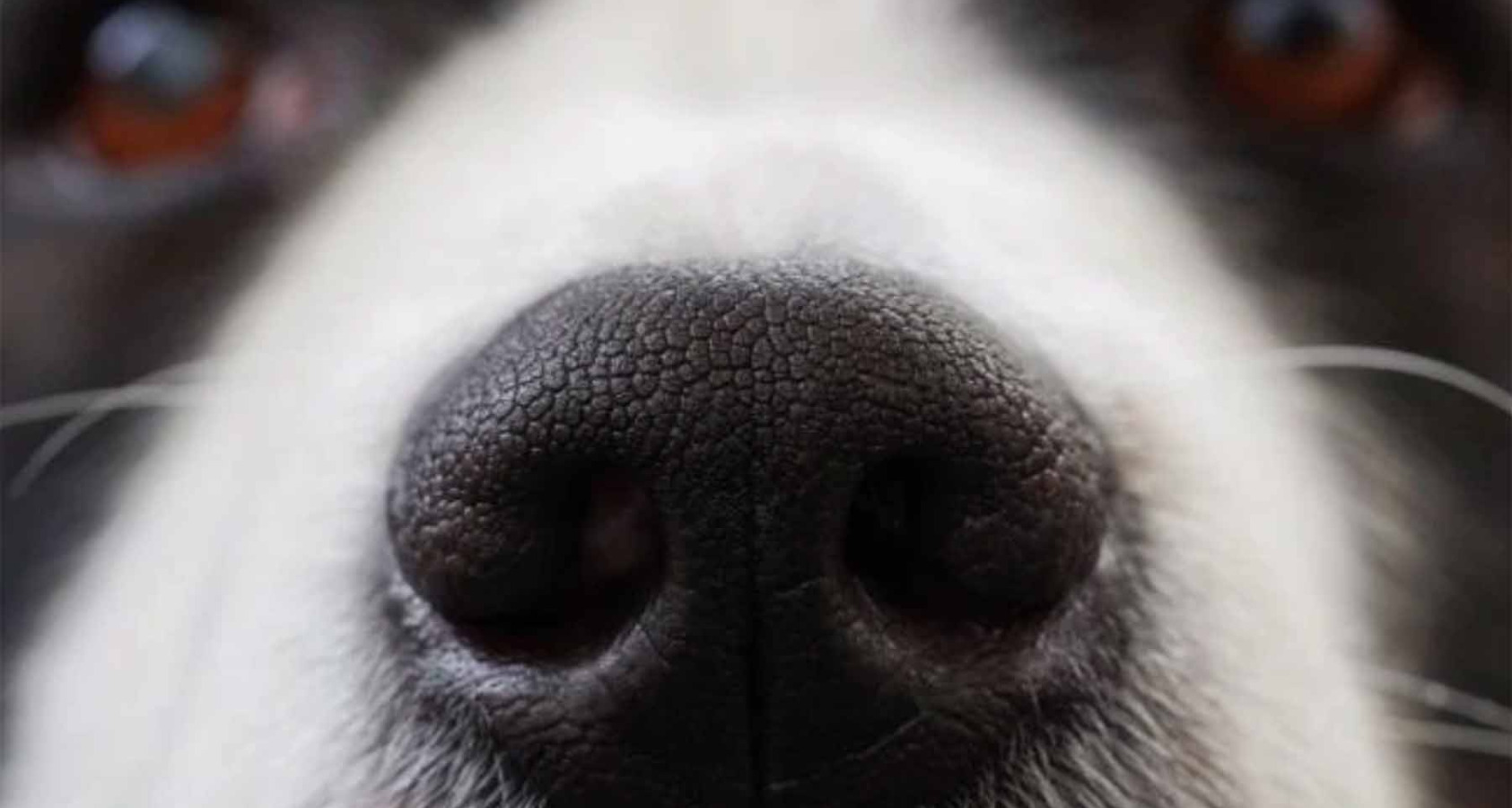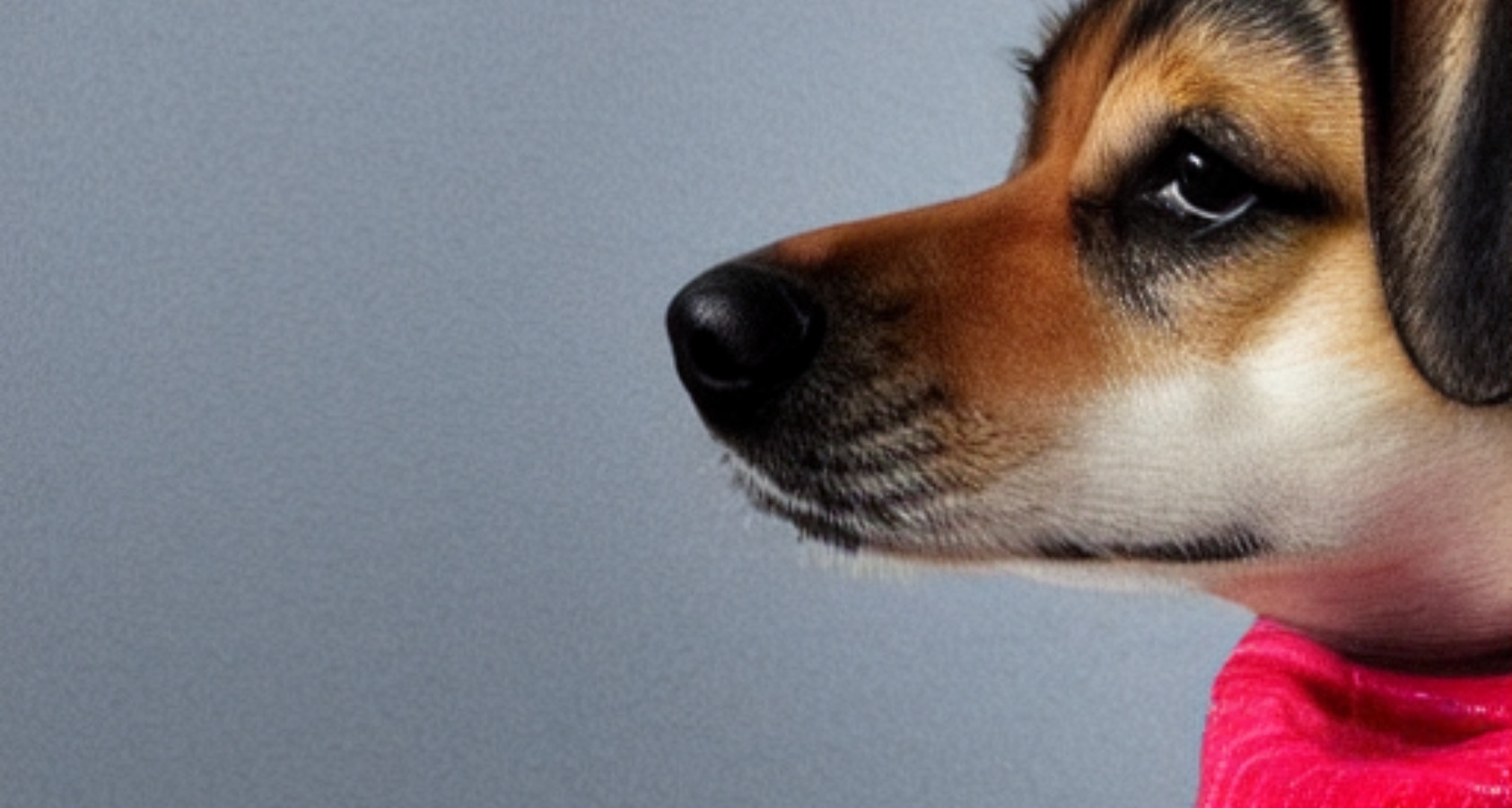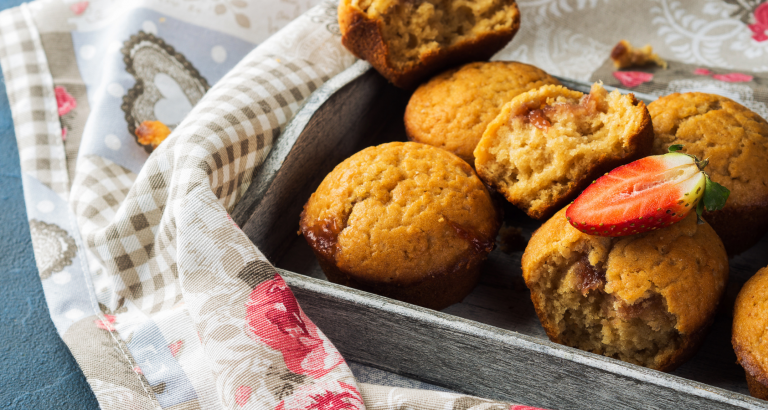Treating Kennel Nose in Dogs At Home – Full Guide
Last updated on March 20th, 2023 at 03:47 pm
Reading Time: 8 minutesThis post may contain affiliate links. If you click and buy we may make a commission, at no additional charge to you.
Kennel Nose in Dogs At Home
If your dog’s swollen nose is getting worse and cuts are visible as wound, get serious about it before it is too late. Dogs often rub their nose to rough surfaces and develop kennel nose that needs to be managed as early as possible.
Quick Answer
Treating kennel nose in dogs at home is easy and needs your careful attention to the steps. You only need to assess swelling, redness, cuts, or abrasions. Stop bleeding from severely damaged cuts, and wash the damaged nose area. Now dry it completely and apply ointment to speed up healing.
Thus, do not leave your dog with painful bruises as they may worsen if not treated properly. It is best to learn from basics of kennel nose and find their causes plus signs. When you are confident enough that cuts on your dog’s nose are due to kennel nose, head towards steps for treating kennel nose, and in the end, you will find some practical ways to discourage kennel nose in dogs.
Let’s dive in!
What Is Kennel Nose in Dogs?
Kennel nose in dogs is an abrasive or swollen nose due to excessive rubbing on rough surfaces. It is common for dogs to rub against surfaces like carpet, floor, bedding, kennel doors, or grass. This scratching causes nose redness or may also result in infection, depending on the damage.
Sometimes dogs living in dry climates are at more risk of kennel nose. The dry environment they live in makes the nose even more sensitive and a slight scratch makes raw bumps. These bumps are like pimples or cuts that are nothing to be worried about if are few, but dogs are curious creatures, and they cannot resist rubbing that worsens those scratches.
In adverse cases, the kennel nose can also bleed and prove quite painful to the dogs.
Causes of Kennel Nose in Dogs
The only reason for kennel nose in dogs is rubbing, but multiple situations are responsible for triggering or increasing this rubbing. So, you should know the situations that can provoke your dog to scratch the nose and these are:
- If your dog is abandoned or has separation anxiety, he will find some engaging activities like rubbing his nose to be busy when you are not around.
- Similarly, dogs, after eating allergic food have itching in their nose. Despite all control, they cannot resist scraping and develop red patches.
- One of the most prominent reasons for kennel nose in dogs is their habitual scratching. They are curious creatures and habitually explore things with their mouth or simply rub anywhere. This habit makes large cuts or abrasions on their nose that may swell if not treated properly.
- Unhygienic dogs are at more risk of having kennel nose than clean dogs.
- Skin parasites in dogs also contribute to your dogs’ kennel nose as they make dogs itchy and uncomfortable. As a result dogs rub face and develops wounds.
Signs of Kennel Nose in Dogs
Some common of kennel nose in dogs include:
- Nose swelling
- Redness
- Bumps
- Cuts
- Bruises

Treating Kennel Nose in Dogs at Home – 5 Easy Steps
After getting about kennel nose causes and signs, you are ready to treat your dog at home. There is nothing to be worried about as it is normal and dogs more often have this problem. Therefore, instead of going for medications, try home treatments for treating kennel nose.
Before going into the details of the procedure, make sure to wear gloves or sanitize hands to avoid spreading infection.
Here are the steps of this easy procedure:
1. Access Nose Damage
The very first step of treating a kennel nose at home is a close examination. Assume yourself a vet for some time and check his nose carefully. Inspect from all sides and evaluate nose damage.
Bear in mind that all cuts are not created equal. There are chances of less damage if you figure out the problem at the right time. But if your dog has extensively rubbed the bruises, you can see bleeding. Take a closer look and make sure there is adequate light in the room. Hold your pet in one place either with the leash or ask a family member to grab him. Closely examine the affected nose area, estimate the injury, and see if it is bleeding. If yes, move on to the next step; otherwise, you can skip this one and jump to the third step.
2. Control Bleeding
Now your first priority should be controlling nose blood. Take some gauze in your hand, absorb blood, and help the clotting process. Just know that if your dog bleeds through one layer of gauze, place another layer instead of removing the bloody one. Taking off soaked gauze can reopen the wound and add to the bleeding. So, the best way is to pile gauze unless the bleeding is stopped. If bleeding does not stop despite all efforts, talk to your vet but it is rare.
3. Clean or Wash the Area
Wounds are examined, and there is no bleeding from cuts!
Here comes the most crucial step of treating kennel nose in dogs at home: cleaning the rubbed nose area.
Dip gauze in lukewarm water and gently tap over the wounded surface. Applying a warm washcloth 2 to 3 times for 5 minutes daily will relieve your dog in kennel nose treatment.
Be sure to handle this procedure carefully without making your dog panic; a distressed dog will make your procedure challenging.
4. Dry and Apply Ointment
After proper washing, dry the nose with a towel or anything soft and clean. Apply some antibiotic or antiseptic ointment without steroids and spread it on the cut. Avoiding steroid ointment is necessary because steroids may cause a delay in healing that is not desirable in any case. Now rub the ointment with your finger and ensure that you are not applying it too much as the dog will try to lick some.
5. Examine Healing Process
Your main job of treating kennel nose in dogs is done. Now you have to examine the healing process and keep an eye on your dog to avoid rubbing wounds. Wounds will be back to normal within a few days, depending on the severity and the post-treatment care, but if your dog does not show signs of healing or develops a fever, loss of appetite, vomiting, or diarrhea, it is best to consult your vet. Severe kennel nose or improperly treated wounds can cause an infection that needs medical assistance. Therefore, don’t waste time if spots are not getting better.
Practical Ways to Avoid Kennel Nose in Dogs
If your dog often keeps you busy with kennel nose treatment, you should learn ways to avoid this damage. These practical ways will help your dog to prevent kennel nose. So, here we go:
Avoid Separation Anxiety in Dogs
Dogs are playful and love spending time with their owners. Leaving them alone for longer can make them upset and cause separation anxiety. Anxiety in dogs triggers destructive behaviors like rubbing their nose on rough surfaces. They bite kennel doors, chew on the bars, or rub their nose in panic situations that ultimately cause kennel nose.
So, the best solution is to help them grow independently without relying on your presence. Another option is to crate-train your pet. Your dog must be capable to live alone in the crate and you can develop this habit in dogs from puppyhood.
Treat Skin Issues Timely
Dogs are prone to several skin issues, and keeping a check on them can help your dog from getting worse problems. Your dog might have flea or mite infestation, and these skin parasites can contribute to your dog’s kennel nose as they always feel itchy and rub their nose for comfort. This rubbing gives them wounds. Therefore, if you notice the dog is itchier than normal, take him to the vet and seek medical advice. This treatment will not only save your dog from itch but also from painful nose damage. Thus treatment of skin problems is far more critical.
Ensure Proper Facial Hygiene
Poor facial hygiene is one of the dogs’ most significant reasons for kennel nose. Regular baths and face washing keep them clean and hygienic to avoid many problems. Dogs with poor hygiene have dust and food particles that invite flies and bacteria. This is particularly true with flat-faced dogs, and wrinkles need to be cleaned all the time. Keeping dog-friendly wet wipes with you is a good idea, and you can clean your dogs’ faces after every meal or treat. No germs or flies will irritate your dog, discouraging the habit of rubbing the nose.
Use Non-allergic Dog Food
All foods are not dog friendly and may result in allergies. Allergic foods can make your dog chew, lick, or rub. When your dog eats such food, he gets an uncomfortable sensation of rubbing the body and face that ultimately makes red sores. As a pet parent, you are responsible for knowing suitable foods for your dogs. You can take the help of your vet to find allergic or non-allergic food for your dogs. It will save you from many problems including kennel nose.

Frequent Nose Examination
Pain or foreign object in the nose can also put your dog at risk of kennel nose. Inspect their nose every other day and make sure it is debris free. Sometimes dogs spending time outdoors have a foreign object in their nose. It could be foxtails – grass-like weeds, or other dried objects blocking the nasal passage. This blockage constantly disturbs dogs, and they rub their nose to get relief. Therefore, it is highly recommended to check your dog’s nose after each walk and pay more attention to other parts like eyes, ears, and paws to avoid discomfort from any aspect.
Conclusion –Kennel Nose Home Treatment
Treating kennel nose in dogs at home is not a big issue; you can do it yourself without any medical background. Some things need to be considered in the treatment, like a close examination of the nose and accessing the damage.
Some dogs have just a few cuts and need minor assistance, but dogs habitual of rubbing their nose can also have bleeding wounds. So, you need to identify the extent of the damage and then work accordingly. A most important step is to clean the nose tissues with lukewarm water, dry well, and apply ointment for early relief.
About The Author
I'm a content writer and researcher. But bottom line, I loveee animals. I had my first animal which was a guinea pig at age 8. Later had a bunny, dog and a lot, a lot of fish. Writing about what I know about pets will allow me to share my knowledge and love for them with everyone else. Dealing with dogs my entire life, I know a lot.








